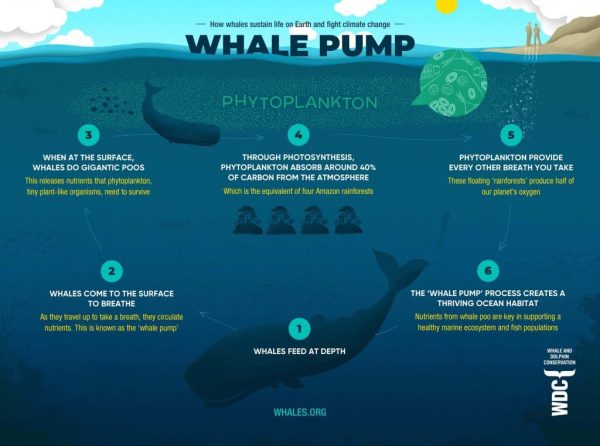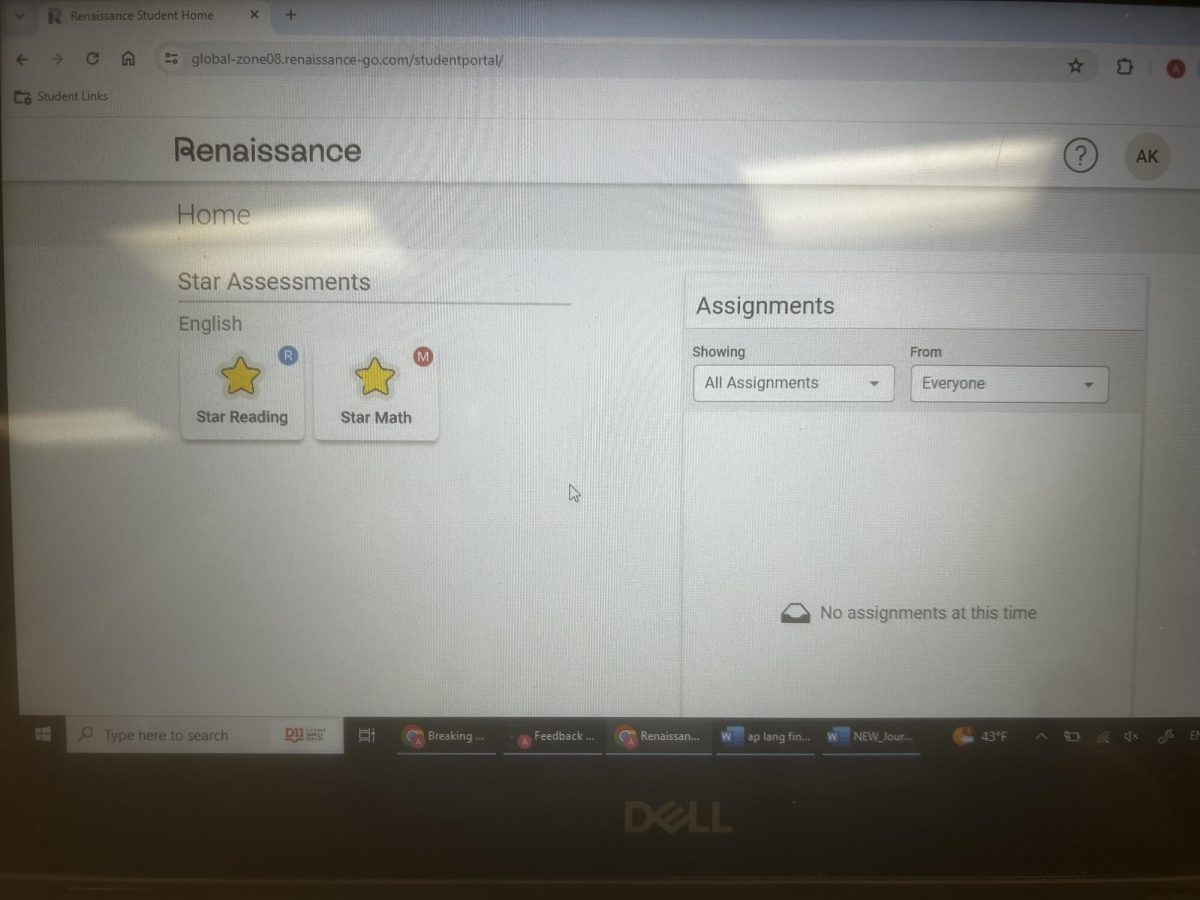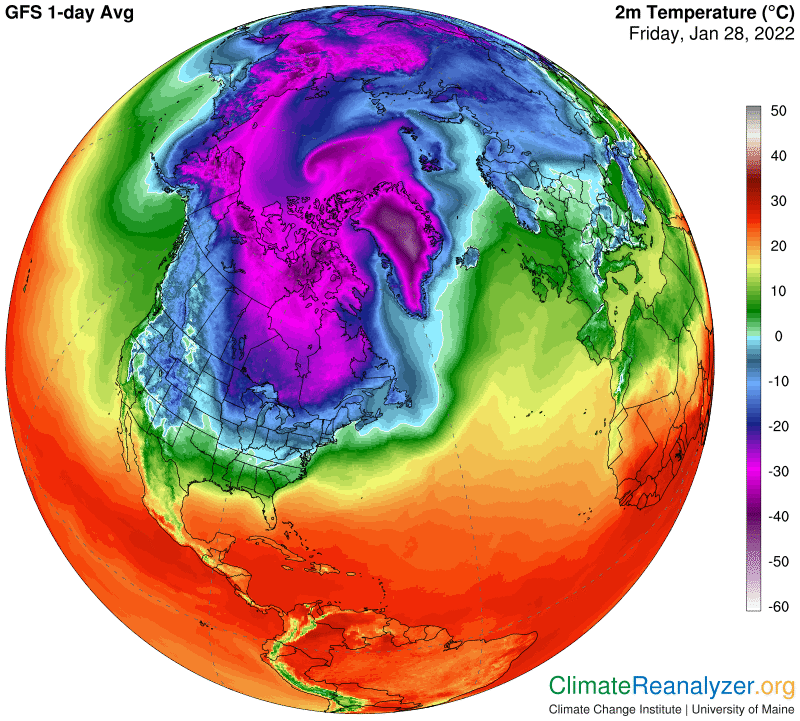Only 5% of our oceans have been explored, and only 10% of them have been mapped by sonar. There are about 242,000 discovered species that live in the ocean, and over 90 of those species are whales – part of a much larger group referred to as cetaceans, which includes whales, dolphins, and porpoises.

Whales live in every ocean and cover much of the globe seasonally, and they tend to live very long: 40-70 years for a healthy whale, according to whalefacts.org, varying mainly due to species differences. For example, the blue whale may live up to 100 years, while the beluga whale may only live up to 60 years. Six out of the 13 great whale species are endangered.
In the oceans, whales reign supreme as the top of the food chain. While the first image of a whale that springs to mind is most likely the humpback whale (unless you have read Moby Dick, then it will be the sperm whale), feeding on small fish and krill through hundreds of baleen plates – baleen being a sort of filter or sieve – or the blue whale, which is also a baleen whale, there are also toothed whales, like the sperm whale (with a diet consisting of sharks, squids, rays, and a variety of other fish) or killer whales.
Historically, humans have hunted whales for their blubber, bones, and meat, and even today Iceland, Japan and Norway still hunt them commercially, with “over 1,000 whales a year [being] killed for such commercial purposes,” according to the World Wildlife Fund. In the past, over 50,000 whales were being hunted by the 1930s, shared whalefacts.org. Products made from whale carcasses normally use their blubber (used for oil and wax), bones (corsets, skirts) and baleen (toys, collar stays).
Species like the blue whale and the sperm whale were almost hunted to extinction, and many other species are still endangered today because of past whaling. The International Whaling Commission was established in 1946 to regulate whaling, with 88 nations as members.
Their uses are far more important than just lamp oil and whale-bone corsets – including extremely important climate control and providing the basis for ecosystems in both life and death.
Whales also help foster phytoplankton, at the bottom of the food chain, as whalefacts.org states: “whale poop stimulates the growth of phytoplankton … [which feeds] fish, allowing them to thrive and reproduce, and fish feed many other species.” Phytoplankton also draws out CO2 from the atmosphere, a vital process that helps the ocean thrive.
With their poop, whales are estimated to have extracted over “as much as 400,000 [tons] of carbon from the air each year.”
Their physical movements also help distribute nutrients, by feeding deeper in the ocean and returning to the surface to “release fecal plumes,” stimulating phytoplankton growth. This process is referred to as a “whale pump.”

Then when they die and their corpses pass the stage of initial bloating and floating (which may lead to their corpses washing onto the beach) they sink to the bottom of the ocean floor, and their remains become a feast for scavengers like bone-eating worms, eels, crabs and octopi.
Dead whales still at the surface of the water are often difficult for predators like sharks and orcas to feed on, especially when they are bloated. These predators may be able to get some of the easiest to reach flesh, but they won’t be able to pass the blubber to reach the whale’s organs.
The National Oceanic and Atmosphere Association describes the process of a whale fall: “scavengers consume the soft tissue in a matter of months. … The whale skeleton can support rich communities for years to decades, both as a hard substrate (or surface) for invertebrate colonization and as a source of sulfides from the decay.”
Even though whales help control the climate, global warming still severely damages their way of life. A few of the species severely impacted include North Pacific right whales, with “sea ice coverage [determining] where and when zooplankton can be found. Warming ocean temperatures change sea ice coverage, impacting zooplankton distribution and availability,” according to NOAA fisheries.
Belugas “suffer from a lack of prey and be more vulnerable to predators,” and Southern Resident killer whales’ habitats suffer from “warmer ocean temperatures [that elevate] concentration levels of environmental pollutants, leading to higher contaminant concentrations.’
Beaching also seems to be an issue in whales. On February 12, 2024, a 46-foot-long fin whale washed up on Sunset Beach near Warrenton, Oregon. Scientists believe the whale beached because of an underlying illness, a common reason for both purposeful beaching and accidental beaching.
The causes of beaching include stress or illness – group beaching normally occurs in tight-knit pods when one of their own falls ill. Scientists also believe that “sonar signals and other man-made loud underwater noises may contribute to beaching events… [these] can cause hemorrhaging in animals exposed to the sonar, and others will beach themselves to escape the sound.”
Whales also suffer from depression sickness when exposed to these sounds, caused by them surfacing too quickly to escape. The beaching of beaked whales is almost exclusively because of sonar testing, sadly enough.
Interestingly, orcas purposefully beach themselves to hunt seals. Orcas leap onto shore and then wait for the tides to pull them back in, but they may become stranded and die.
Whales support life on earth by fostering phytoplankton growth and helping cycle carbon dioxide and oxygen through the atmosphere, as well as fostering deep-sea ecosystems following their deaths. Unfortunately, these animals remain endangered to this day, even after 77 years of conservation and protection efforts from the IWC. Climate change does not only impact us, as humans, but everything on the planet – especially the creatures who help us clean our planet’s atmosphere, so we should do our best to fight against the consequences of our actions.
https://www.worldwildlife.org/species/whale
https://www.whalefacts.org/why-are-whales-important/
https://www.uvm.edu/news/story/whales-ecosystem-engineers
https://oceanservice.noaa.gov/facts/whale-fall.htmlhttps://thinkwildlifefoundation.com/why-are-whales-so-important-for-the-planet/
https://www.fisheries.noaa.gov/national/climate/whales-and-climate-change-big-risks-oceans-biggest-species
https://wildlifeflorida.org/whales-beach/














![NASA concept image of a Space Elevator. [7]](https://cougardaily.org/wp-content/uploads/2024/02/PictureA-1-1200x1200.jpg)




